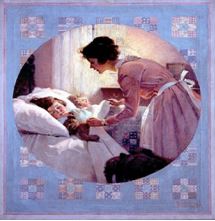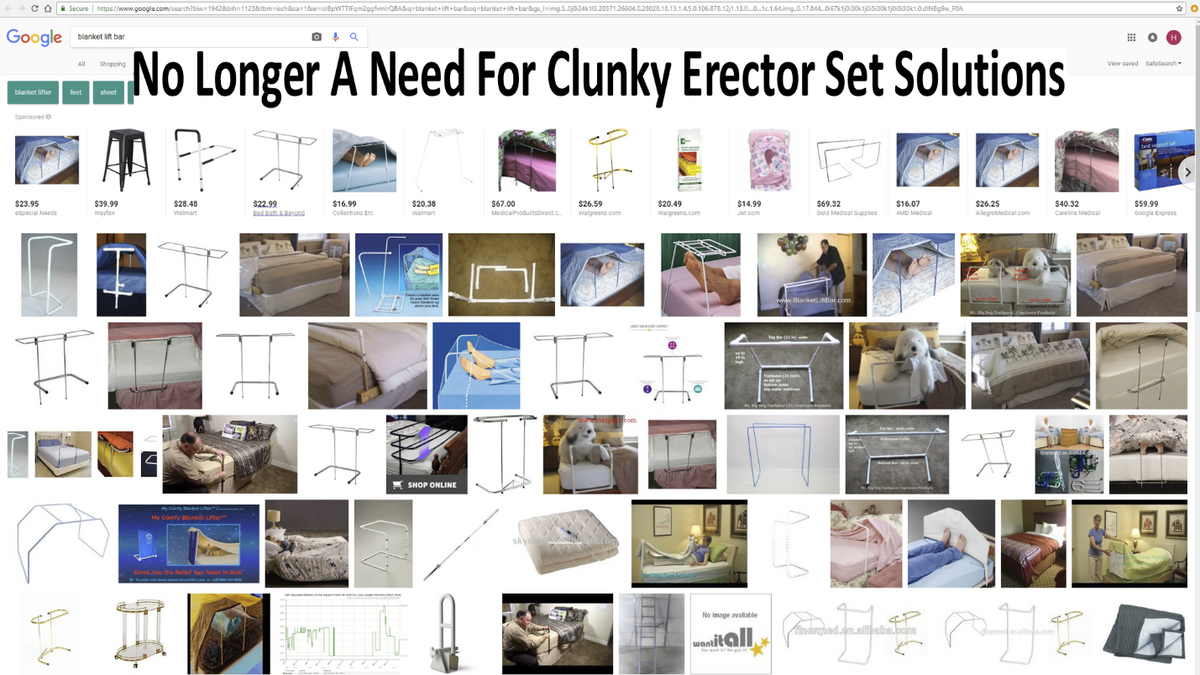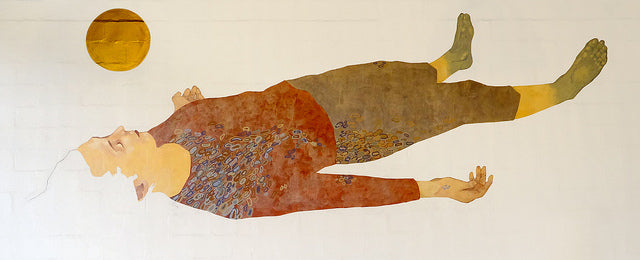The Importance of the Bottom Tuck

The Side Tuck – Over-rated and Not-Very-Applicable for Adults
When you ‘tuck’ your child in, you're not really lifting the mattress and tucking the top sheet underneath. Instead, the ‘tuck-in’ is a quaint misnomer for the process of putting your child to sleep. Most nights it is a tender time replete with kisses and final whispered thoughts. However, it is also a sweet way to camouflage the other message: ‘that’s it, no más, quit negotiating, you’re done for the day’.
Single adults do not have a third-party to tuck them in, and the self-tuck under the mattress performed while in bed would make Houdini grin. Couples who share a bed are not interested in having a child-like tuck-in ceremony, and generally prefer to lean over in bed to give a good night kiss or the more affectionate ‘spoon’ before calling it a night. Further, being practical, adults require the sides of the bed to be untucked for entrée and egress.

The Bottom Tuck – The Only Legitimate Tuck

So if, as discussed above, the side tuck is not really a viable option, then the only place where the bed coverings are truly capable of being secured is at the bottom of the bed. The dilemma for many is that when they tuck in an old-style top sheet (that hasn’t changed much in 400 years), the tightness at the foot of the bed is very uncomfortable (a/k/a the nutcracker effect). For some, the fight against the taut, tucked in covers can even bring about a severe foot or calf cramp. If you are one of the people who like to recline on your back and watch TV from bed before calling it a night, you suffer with this nutcracker effect each and every evening.
The No Tuck Option – Lots of Undesirable Consequences

An option is to not have any tuck at all, and just let the bed top coverings stay loose. While this sounds free and enabling, it has comfort and lifestyle drawbacks:
- It is never as neat and sleek looking as when the covers are tucked in. Further, when the bed is a sleigh bed or a bed with some other physical structure at the foot of the bed, it looks downright sloppy if the covers are not tucked in.
- Loose, unanchored covers frequently do not stay in place during the night, as people move a lot more than they realize when they sleep.
- Having limbs exposed including the feet due to the covers not being anchored is annoying, particularly on those chilly nights.
- It sucks when your partner steals your covers and you have to decide whether or not to yank them back.
- Making the bed from scratch each and every morning is a drag.
Conclusion and Bottom Tuck Solution – KANGAPODA
The bottom tuck is absolutely vital to maintaining a neat, comfy bed, where the covers won’t be stolen by your partner when he or she is having a restless night. But a bottom tuck with a regular top sheet causes great irritation – it’s just too tight. Kangapoda is a game-changer: you can now tuck-in so the covers stay securely in place, yet not have the tightness at the bottom of the bed.
Note how the Kangapoda canopy drapes the feet without tension.
Thumbs up for feet up!
Truly, once you have experienced Kangapoda’s dramatic ergonomic improvement in comfort, you can’t go back to watching TV and sleeping under a regular old top sheet. The Kangapoda experience is that much more comfortable. It enhances each and every night in bed. So, tuck in, watch TV in comfort, and sleep tight (except, of course, for your feet).


